Black Panther: Wakanda Forever is both an exciting new chapter in the Black Panther story and a beautiful tribute to the late Chadwick Boseman. The cast and crew came together to create something truly incredible — both onscreen and behind the scenes.
Here are 23 behind-the-scenes facts about Black Panther: Wakanda Forever:
Warning: Spoilers ahead!
1. The Wakandans wearing white to King T'Challa's funeral is based on a Ghanaian tradition.
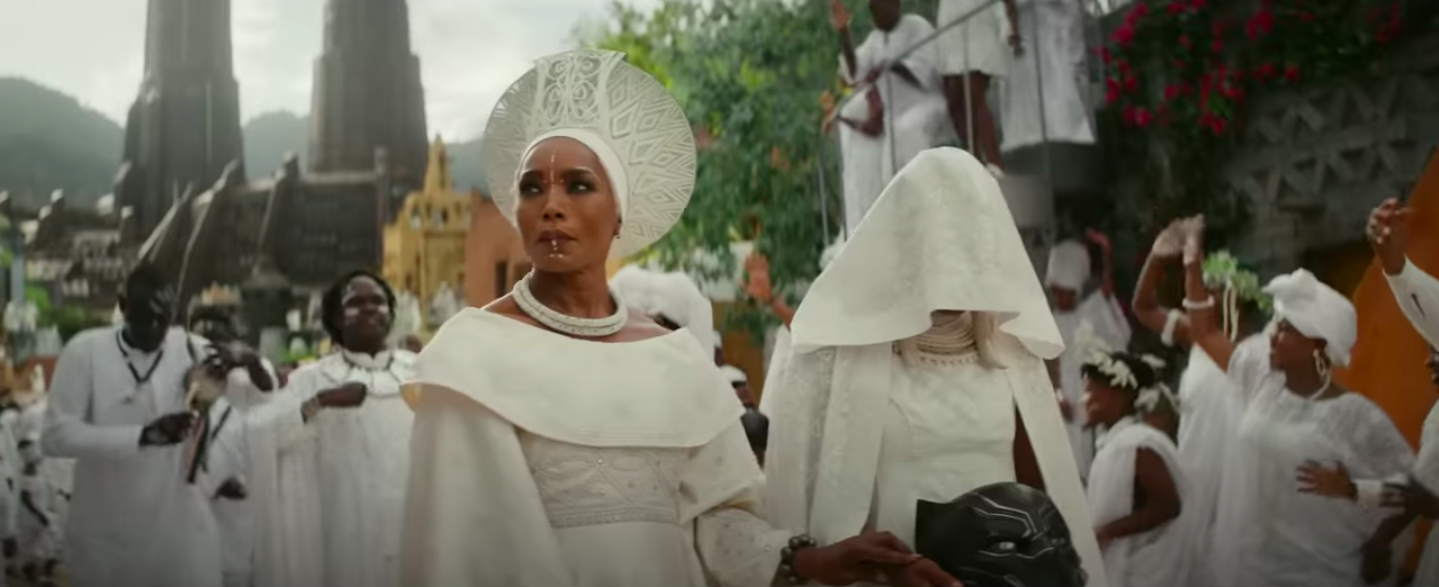
Costume designer Ruth E. Carter told Vanity Fair, "We spoke with a historian on African culture, especially West African culture, and he told us it’s customary for African people of Ghana to wear white to funerals."
2. While designing the hundreds of white funeral outfits, costume designer Ruth E. Carter took inspiration from various cultures across Africa to create a unique identity for each Wakandan tribe.
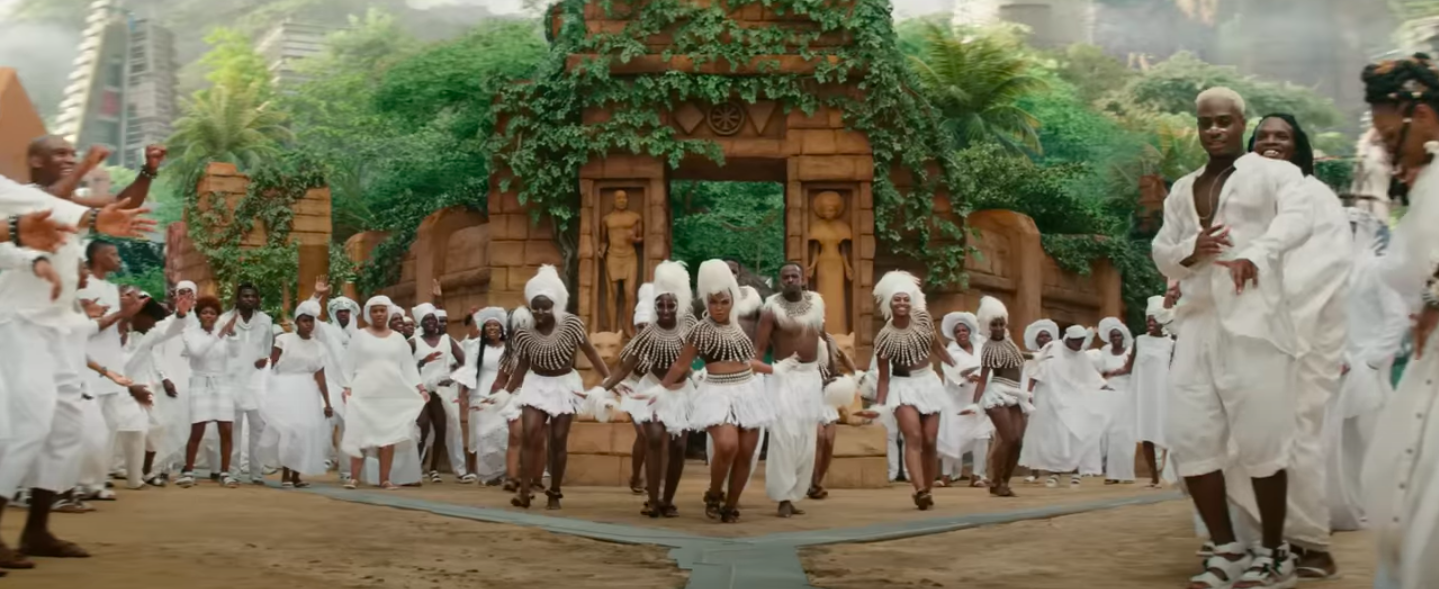
She told InStyle, "The whole warehouse was full of white clothes, and we had to really identify the tribes. You see the dancers who are more Zulu — they have the white fur and the shells. Then, the Jabari, who came through with white raffia skirts and white paint on their chests. We had West Africa, with Baaba Maal, who was singing and the guy with the talking drum. Queen Ramonda was in her white isicholo, representing South Africa, and she had a lot of Ndebele symbols all over her dress. ... You could actually identify all the tribes, even though they were all in white, but the white unified them in tribute to the ascension of [T'Challa, played by] Chadwick Boseman."
3. In the versions of the script written before Chadwick Boseman's death in 2020, T'Challa mourned the time he lost as part of the Blip between Avengers: Infinity War and Avengers: Endgame.

Director Ryan Coogler told Inverse, "The character was going to be grieving the loss of time, you know, coming back after being gone for five years. As a man with so much responsibility to so many, coming back after a forced five years absence, that’s what the film was tackling. He was grieving time he couldn’t get back. Grief was a big part of it."
4. There was "literally a list of hundreds" of potential titles before they settled on Wakanda Forever, which "felt right because it's a story about triumph through adversity."
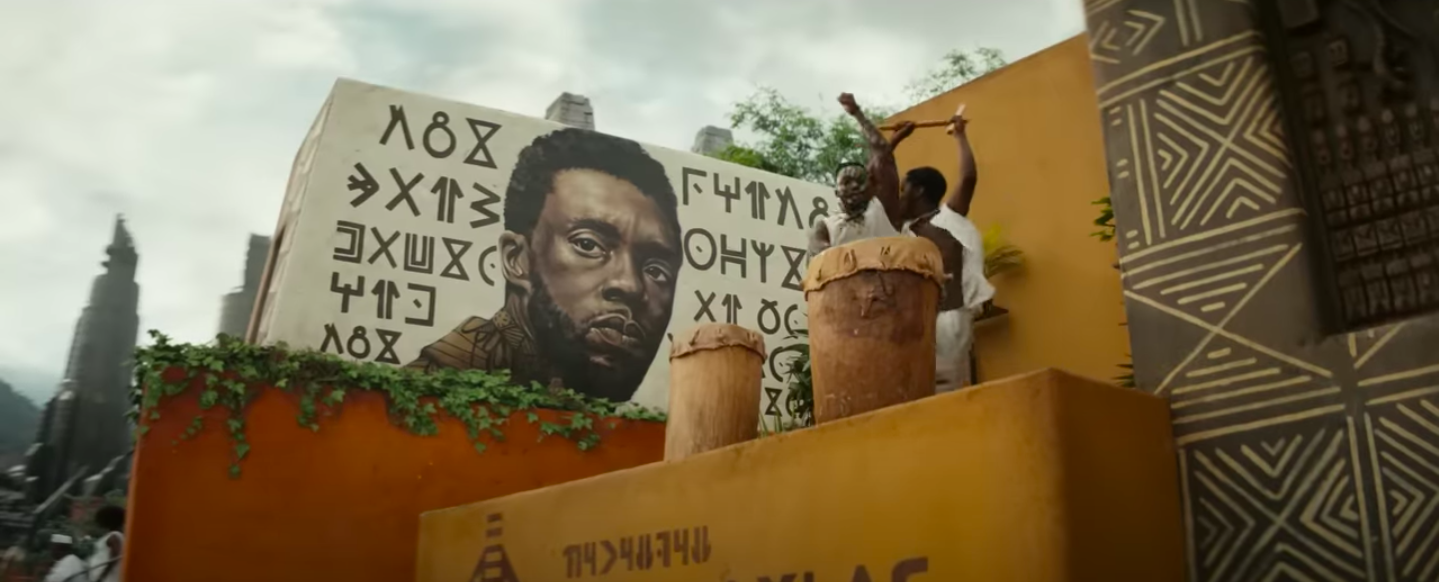
Producer Nate Moore told Collider, "It's a story about legacy, it's a story about persistence, and Wakanda Forever says all those things. Initially, I will say this, at one point, it was like, 'Oh, that feels like the title of the third movie. Where do you go from Wakanda Forever? That feels like it's the end.' But no, actually it felt really appropriate thematically to the story we were trying to tell."
5. Toward the end of the long 10-month shoot (which faced several production delays), the cast joked that "it’s [director] Ryan [Coogler]’s fault because he called this Wakanda Forever, and it just will not end."
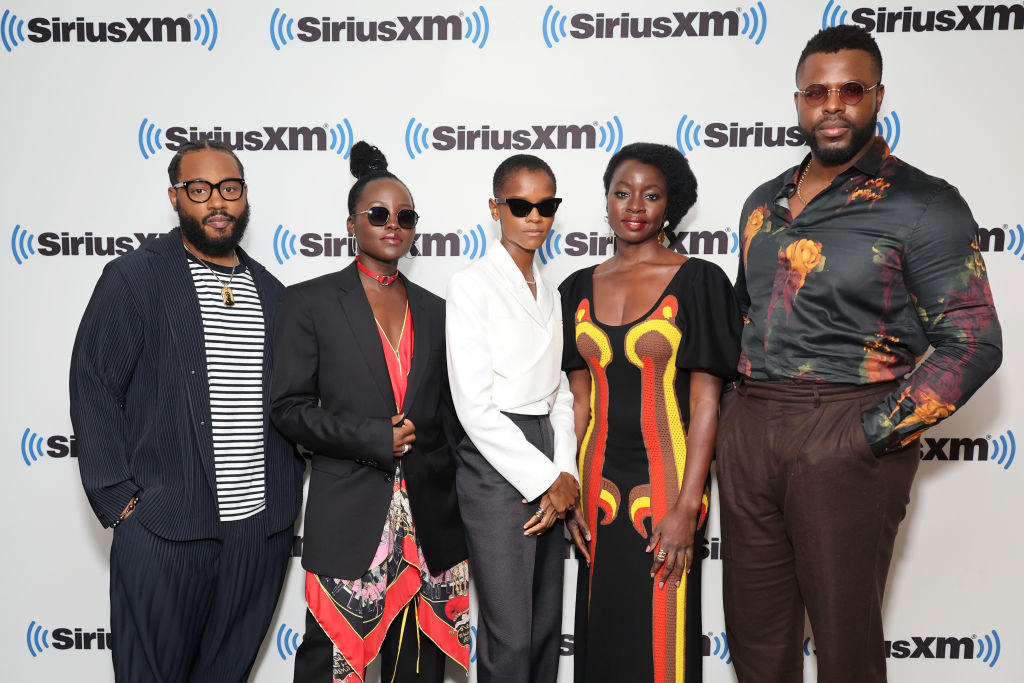
Lupita Nyong'o told the Hollywood Reporter, "It’s forever, and ever, and ever, and ever."
6. When Tenoch Huerta first got the call to play Namor, he answered the question, "Can you swim?" with, "I never drowned before" multiple times. Ultimately, he had to learn to swim for the movie.

He told Jimmy Kimmel Live, "I was taking classes...with floaties."
7. After learning that a lot of the movie would take place underwater, Lupita Nyong'o took it upon herself to train by "holding her breath and carrying giant weights through the water."
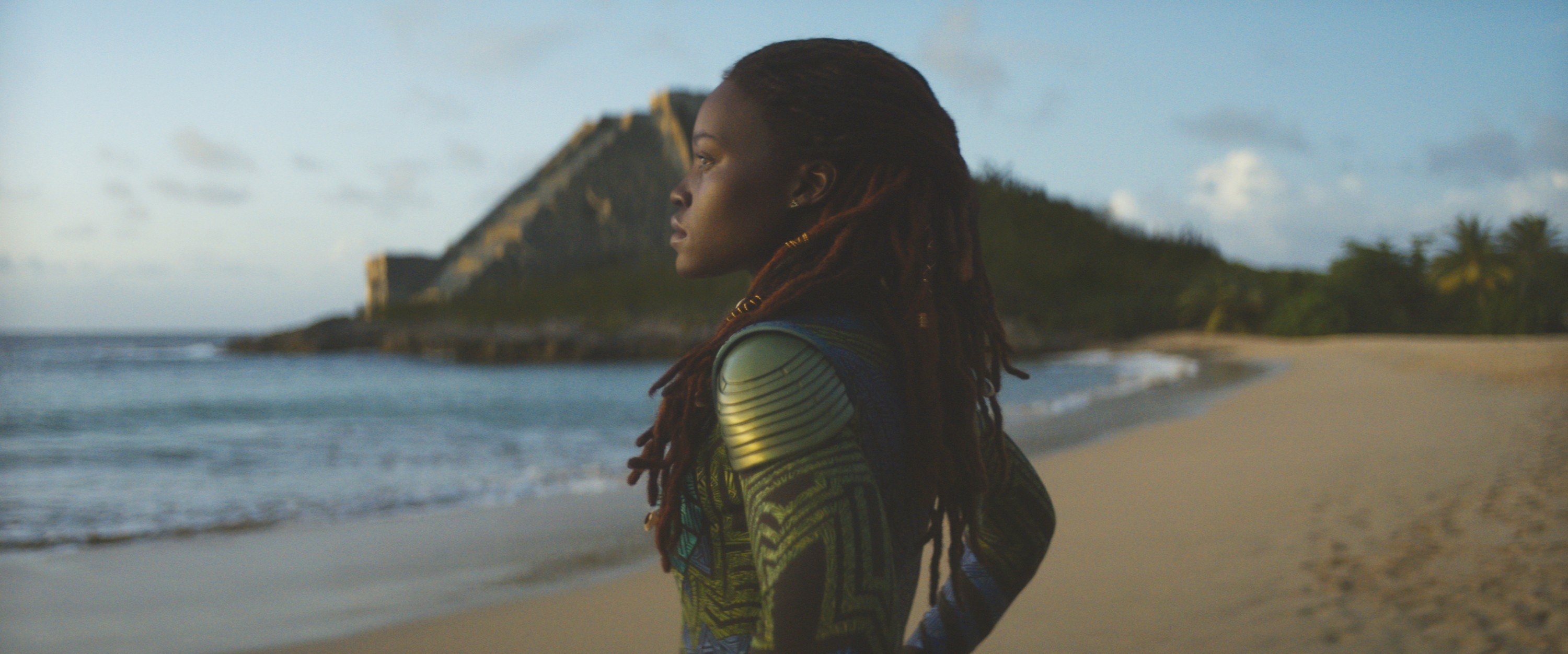
She sent Coogler and Moore videos of her workouts.
Moore told the Hollywood Reporter, "Nothing we’d asked her to do, by the way. We were like, ‘What is this lady doing?’ She was so intent on being believably comfortable in the water. She wanted to be as much of an expert as possible. And it shows. She was able to do things other cast members weren’t because she was just so intent on going above and beyond to make sure this character felt real."
8. Director Ryan Coogler learned how to swim for the film.
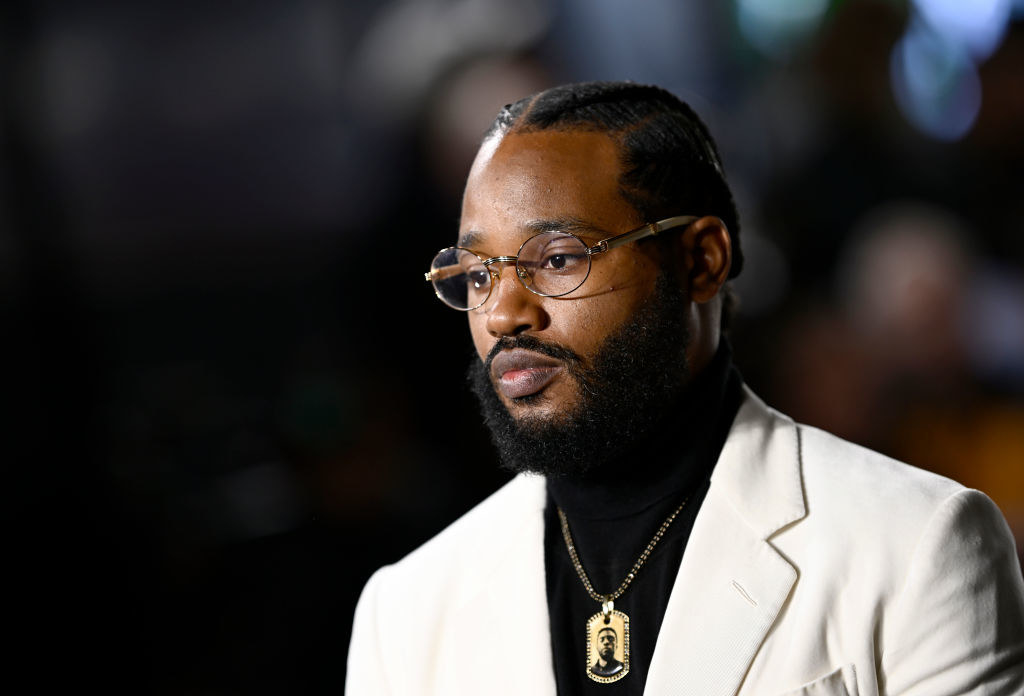
He told Variety, "A lot of us were raised to have fear of water. I had to figure out how to swim so I could direct this movie."
9. Among the cast, Mabel Cadena (who plays Namora) can hold her breath underwater the longest — six and a half minutes!
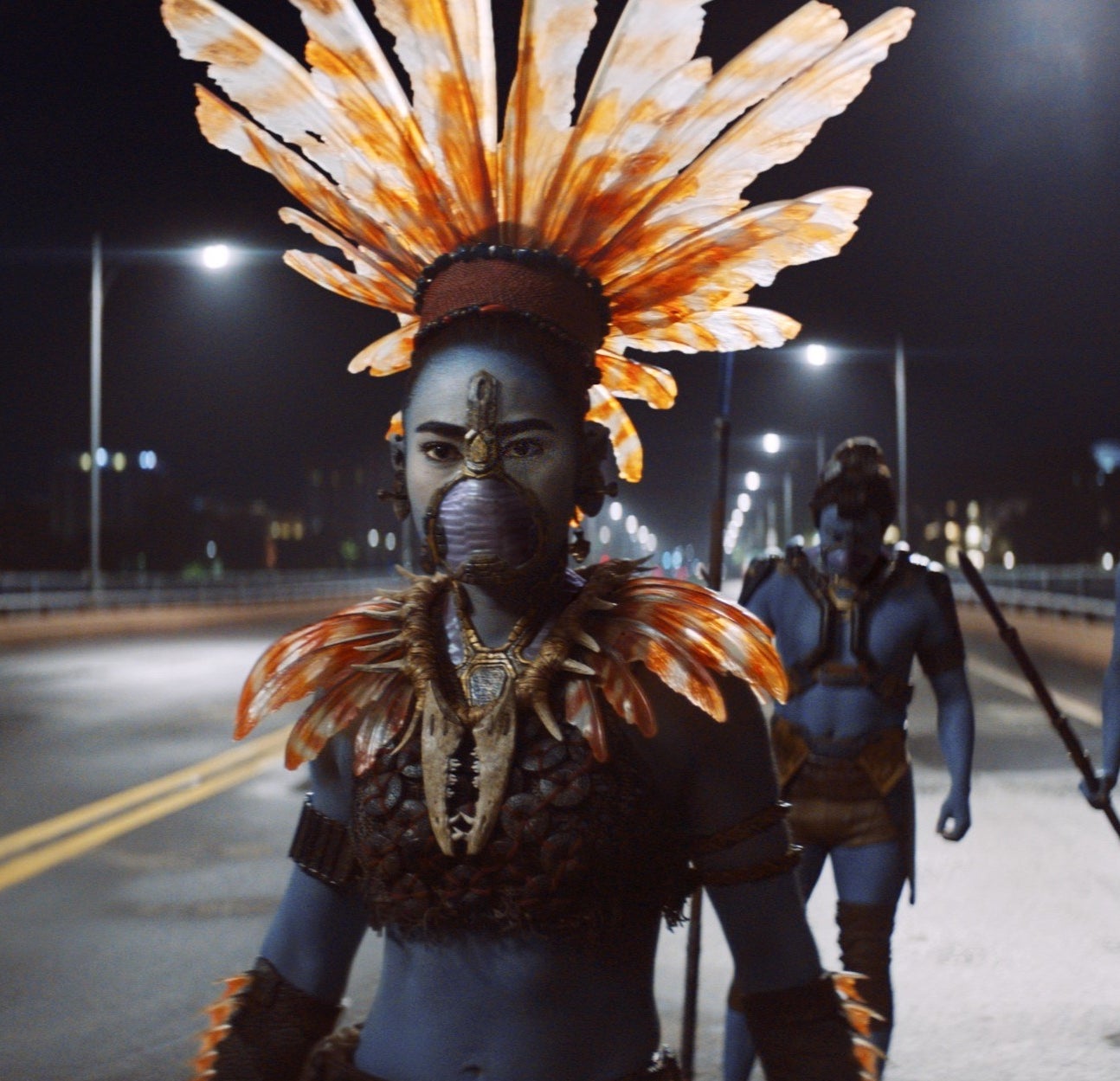
10. For the underwater city of Talokan, costume designer Ruth E. Carter tested the actors' costumes in a 20-foot tank. She ultimately had to add weights to the costumes to get the right look.
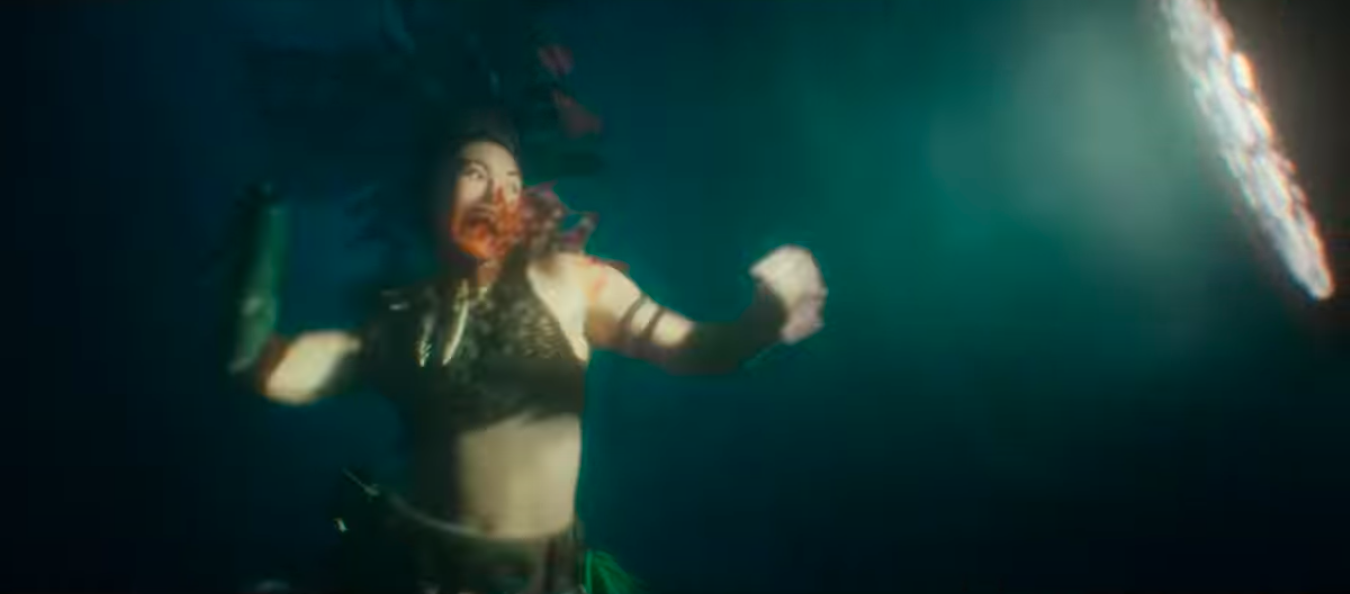
11. Carter also had to completely rethink the kinds of materials she could use for the returning characters' costumes to make them waterproof. She ended up replacing several materials with silicone.
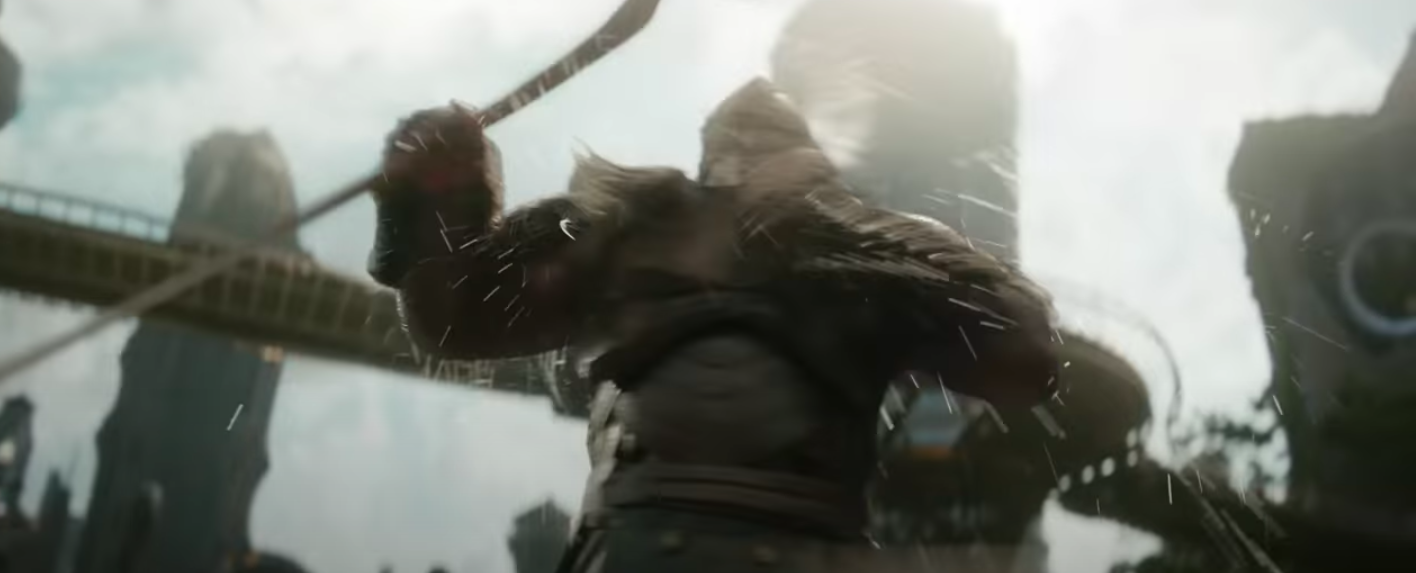
She told Vanity Fair, "What we had built in the first film was no longer available to us because it was built of leather and raffia and all those things that get destroyed in water. So, we had to start over and…mold and recreate things in silicone."
12. Shuri's white Adidas sneakers were hollow and made from a new 4-D technology the company is soon launching. At first, they only sent Carter one shoe, but she got Adidas to make enough shoes for all the stunts.
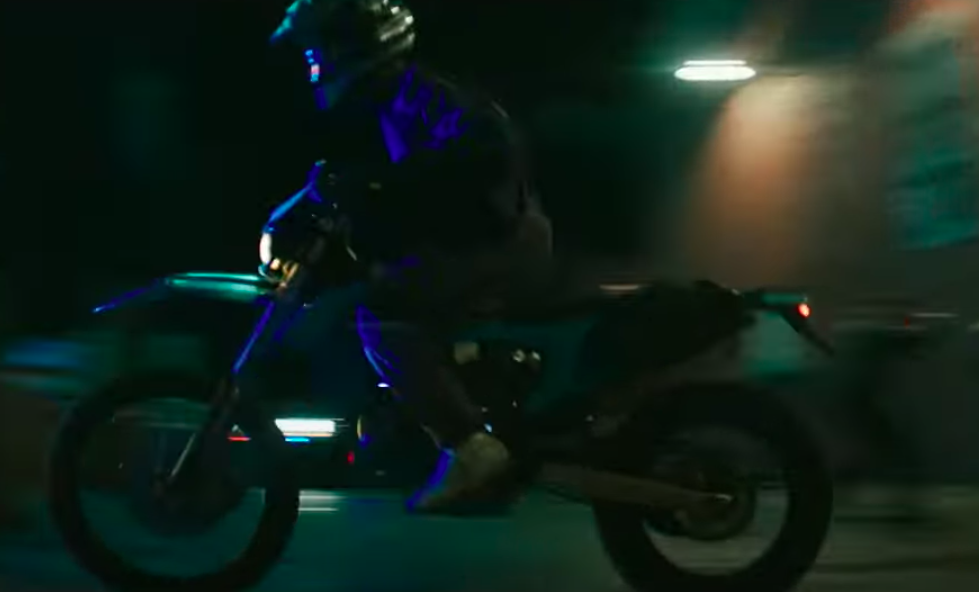
"When you go outside of our industry, they're going, 'What do you mean you need two?' Two! We need two. We need ten. Because, you know, you can lose one, one breaks. You never know what's going to happen," she told InStyle.
13. Makeup department head Joel Harlow came up with the idea of using paint rollers to make it easier to paint the actors playing Talokans blue.

14. There were multiple versions of Namor's feathered headdress — some for land scenes and some waterproofed ones for underwater scenes.
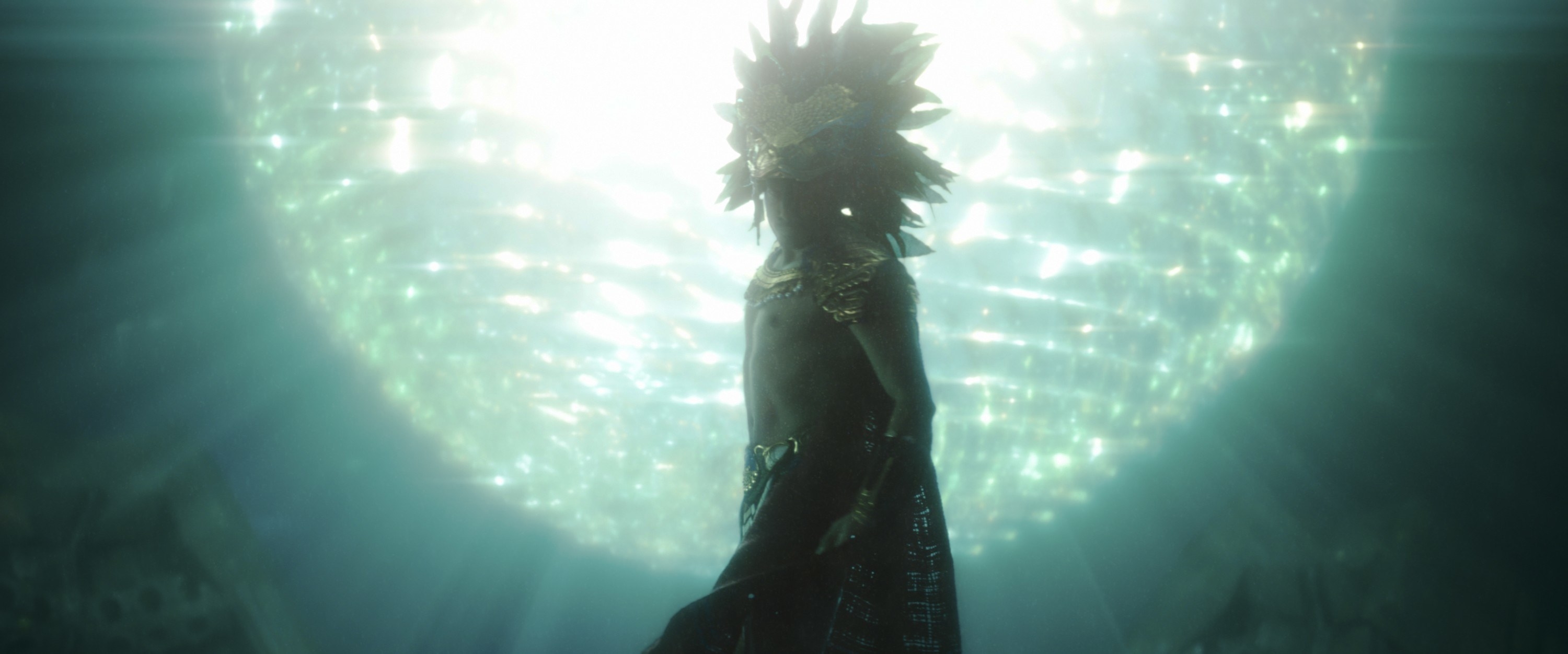
15. Tenoch Huerta called his Namor costume the "shame shorts" because of how small they were.
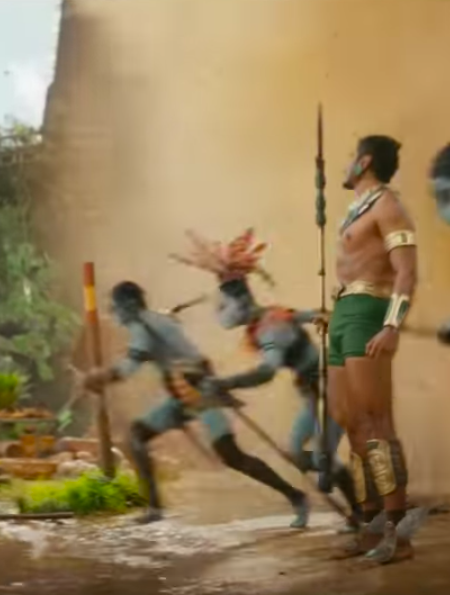
"I asked for a whole suit with muscles included," he said on Jimmy Kimmel Live.
16. In publishing, Namor has a lot of similarities to the DC hero Aquaman, so Coogler focused on leaning into their differences.
He told Uproxx, "I do think that having Aquaman out in the world, in film language, and being successful in the marketplace, I think it was a great bit of indirect guidance for us to lean into the things that made Namor different from Aquaman. Just out of respect to the audience because a lot of people saw that movie. A lot of people love that movie. It was our task to, obviously, put our heads down and blinders on and make our movie, but also have a sense of awareness of what the marketplace might want to respond to, and might be interested in."
17. In the comics, Namor is the ruler of Atlantis, but director Ryan Coogler decided to change it to Talokan "out of respect to the audience, not wanting to give them something similar to other things that have come before it."
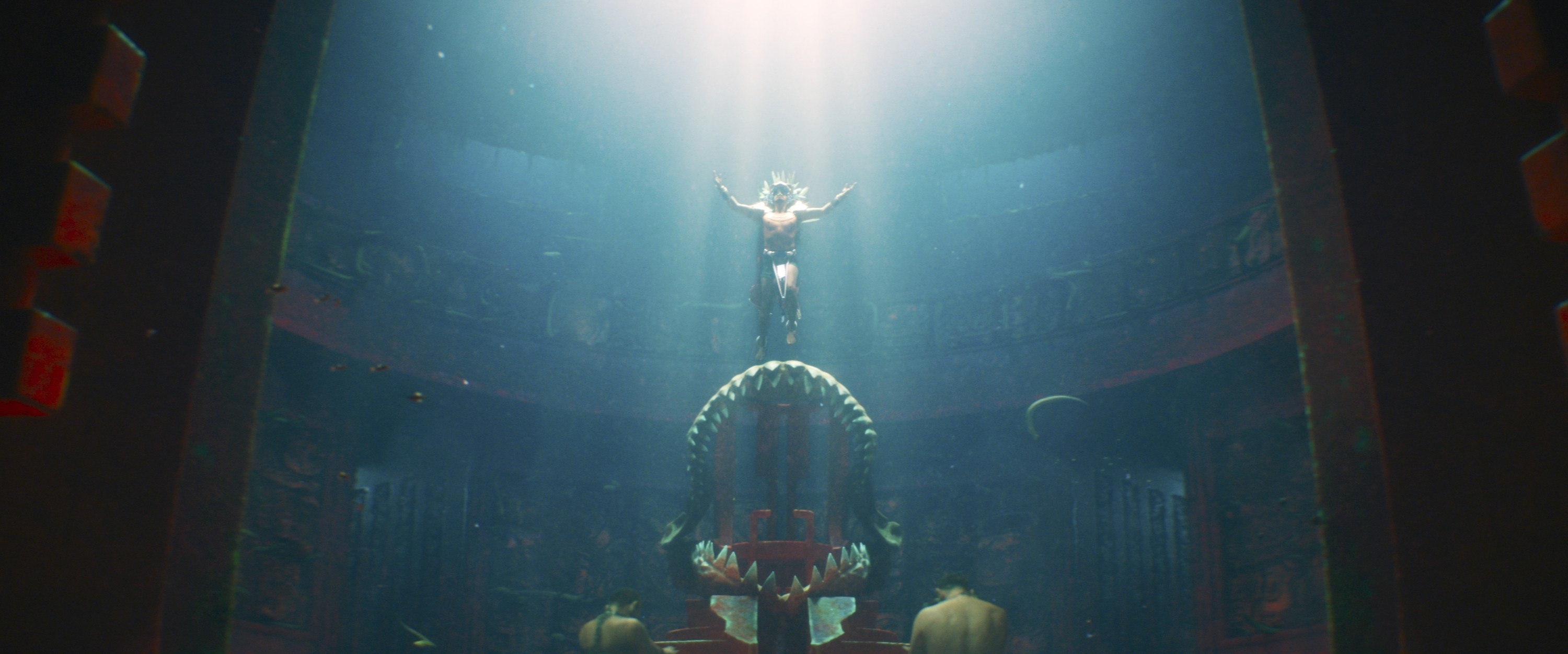
He told Inverse, "There have been a lot of representations and creative depictions of Atlantis based off of Plato’s Atlantis, the Greco-Roman concept of a city sunk into the sea. That idea exists in a lot of different ways. We wanted our film to exist alongside those movies and be different."
18. Having Rihanna on the soundtrack was initially a "pie-in-the-sky idea," but composer Ludwig Göransson's preexisting friendship with the singer — along with a call to Jay-Z and Jay Brown of Roc Nation — helped make Coogler's dream a reality.
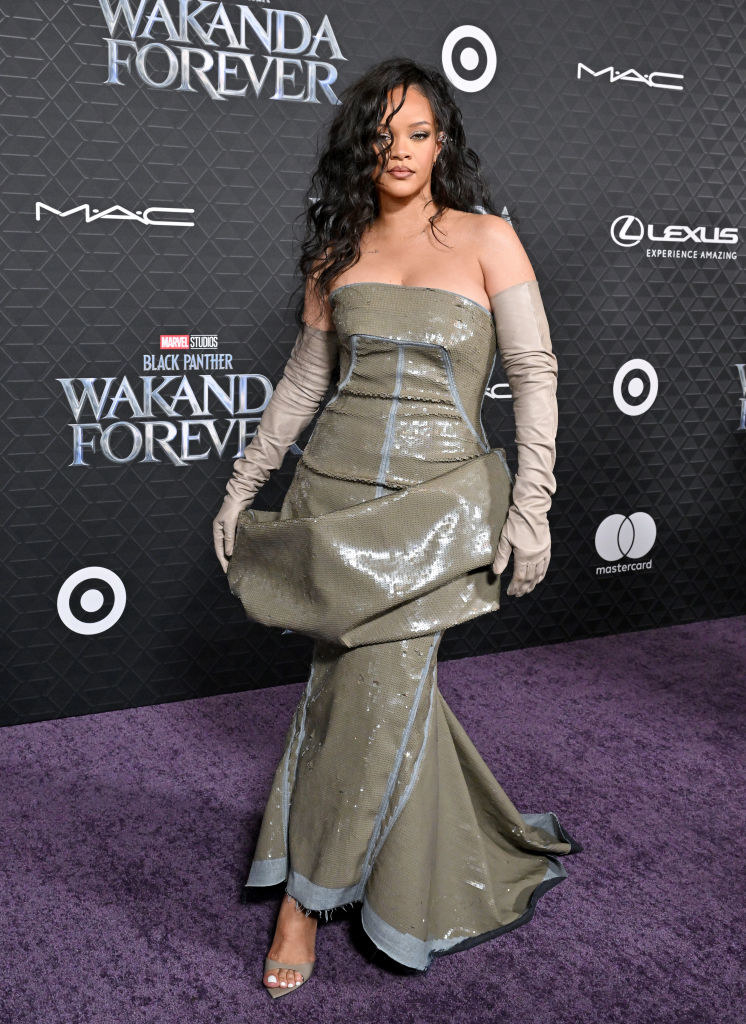
19. Daniel Kaluuya had to keep his character W'Kabi's absence from the movie a secret because he didn't want to disappoint people — and to protect fans from spoilers.
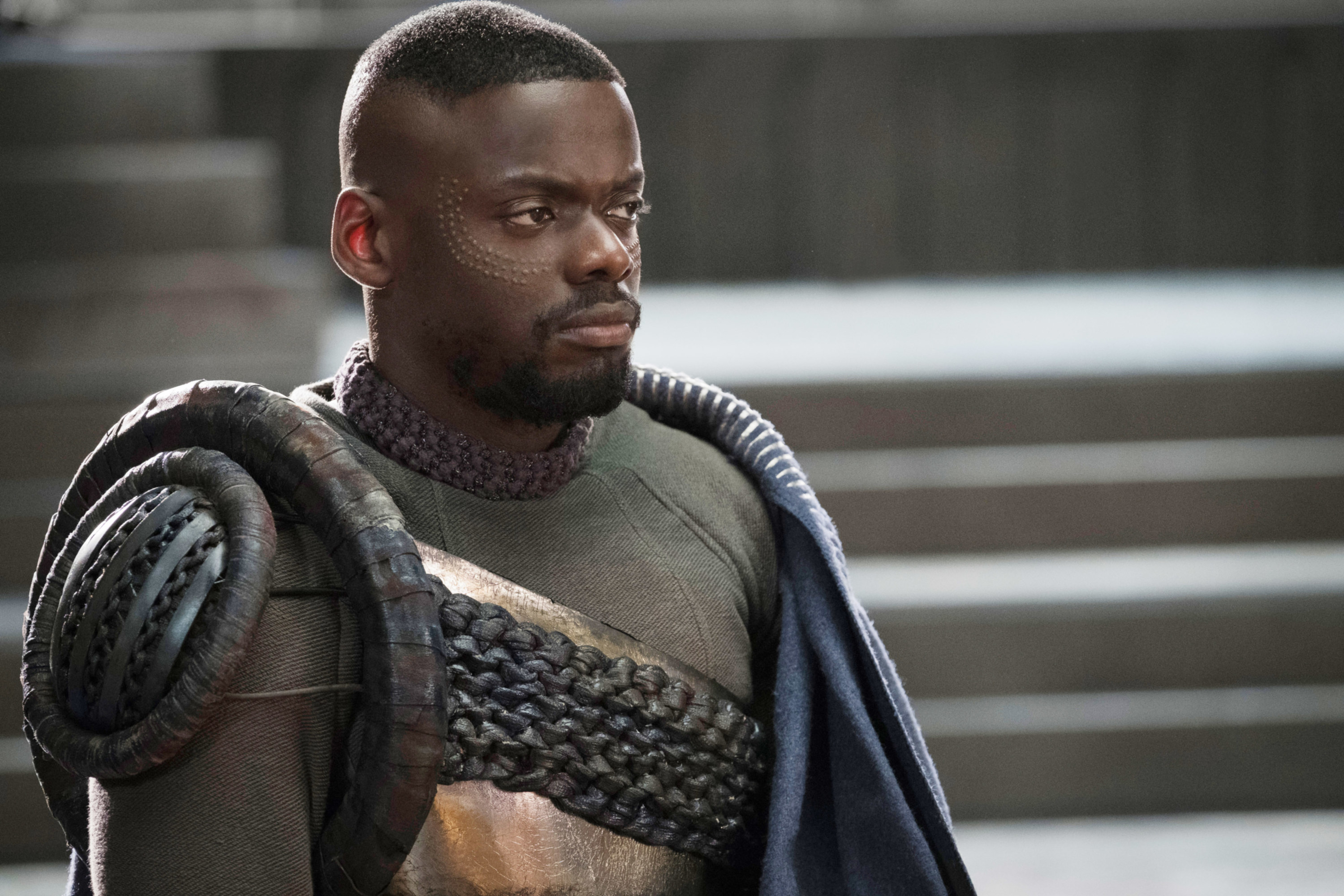
He told CinemaBlend, "If I said anything, people would be really disappointed. That's how I feel about it. I think people will be disappointed. They don't want to be spoiled. They're surprised in whatever will happen. That's what was amazing about the first one."
20. To Lupita Nyong'o, getting to speak Spanish in the movie was "just a straight gift." She also felt that the movie "represents different sides of [her] heritage" because she was born in Mexico to Kenyan parents.
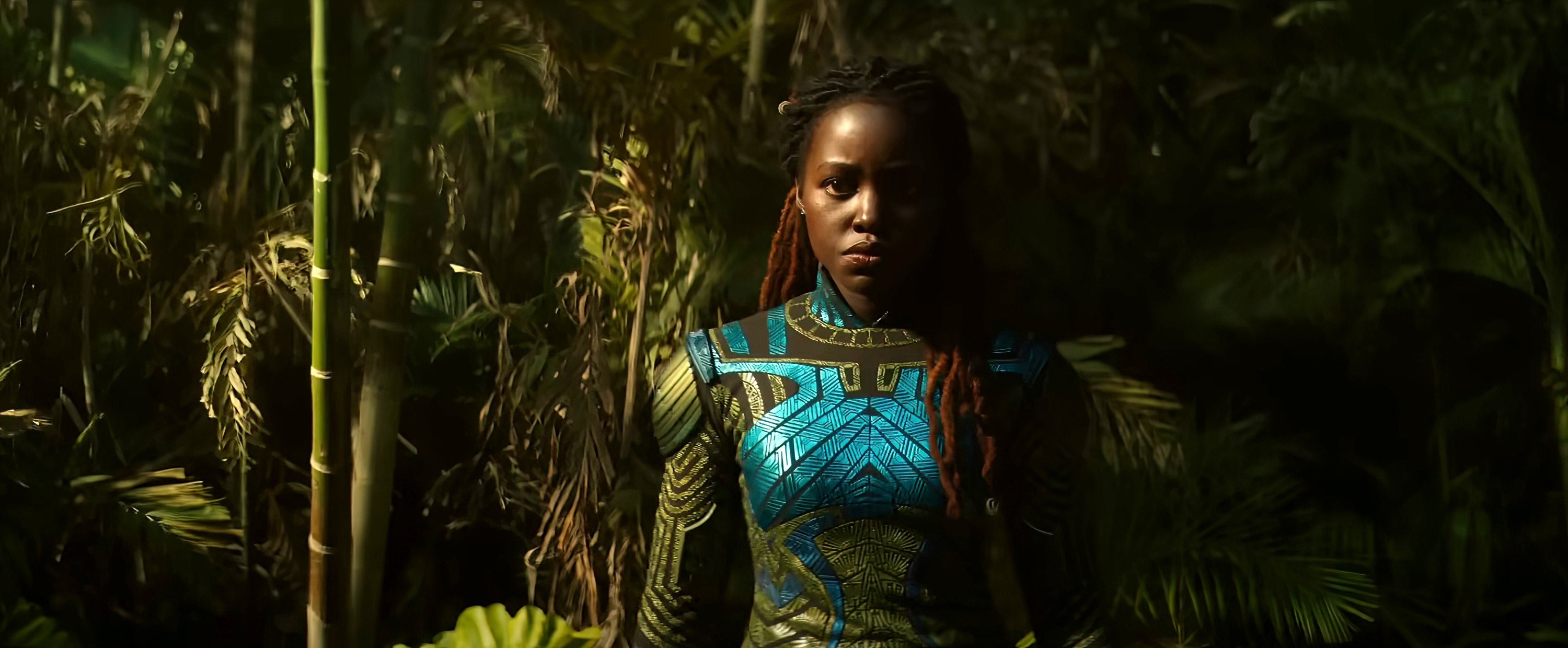
During EW's Around the Table, she said, "I've always wanted to work in Spanish, and never in my wildest dreams did I imagine that that opportunity would come in Black Panther."
21. Before his passing, Chadwick Boseman was "excited about the potential for indigenous American representation and what that could mean."
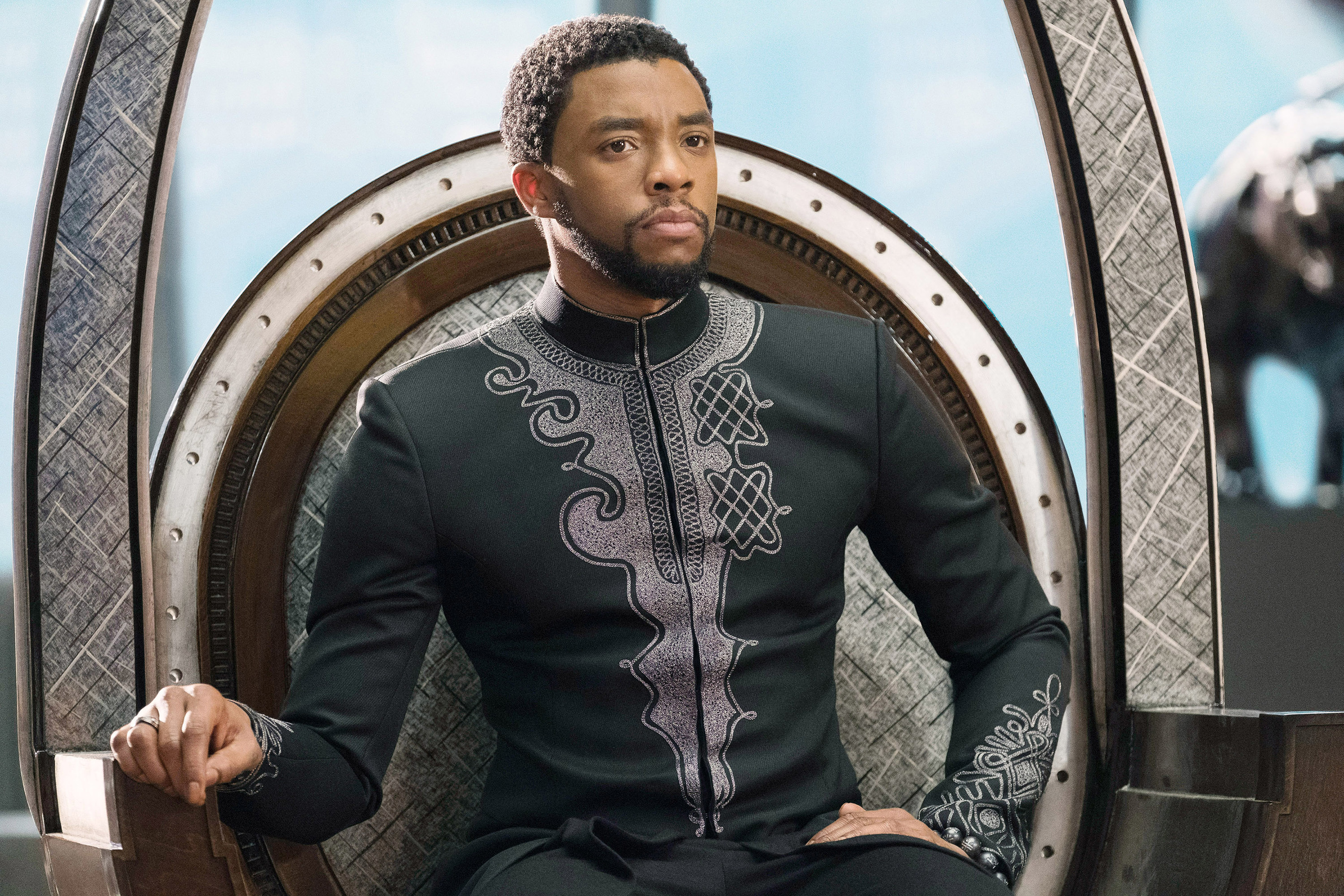
Coogler told Uproxx, "He always had an incredible insight for how the audience would respond to things. I was excited to get to work with him."
22. Coogler decided to make Shuri the main character because T'Challa's death would impact her the most.
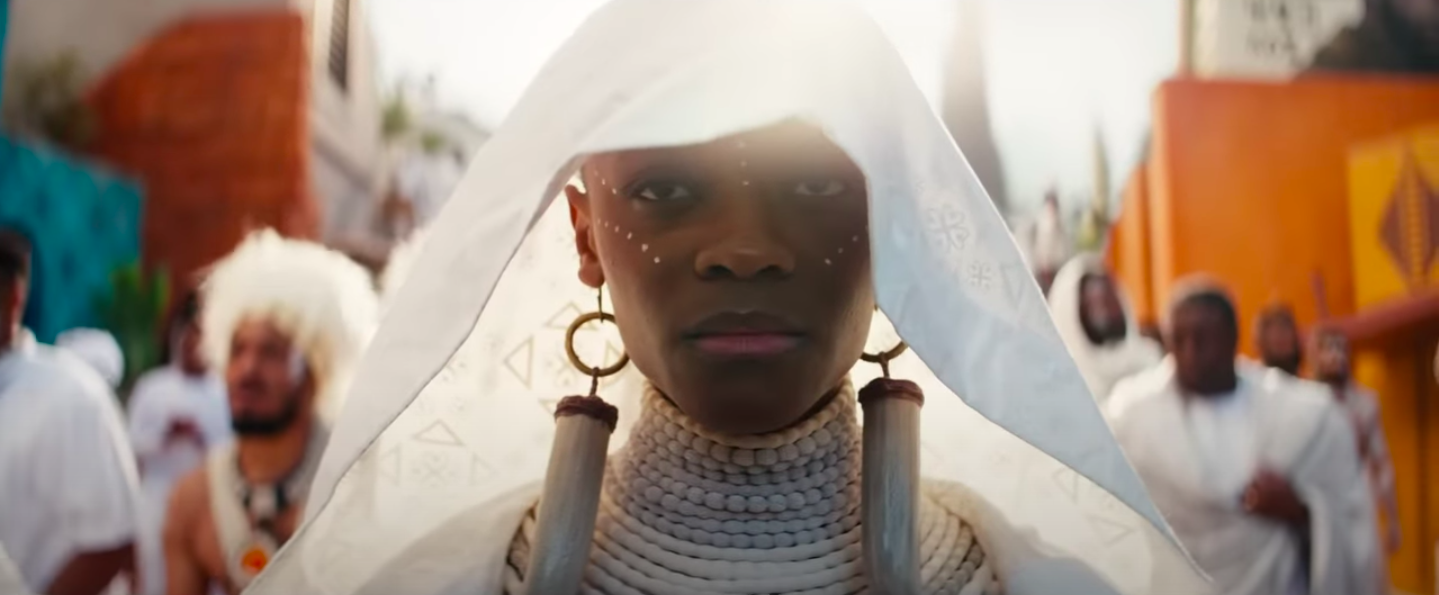
He told Complex, "In the narrative of the characters, she was the only main character who had never been without T’Challa ever. ... Every day she lived life, T’Challa was there. He was a constant for her, so it made sense to us that she would probably be the most impacted, and that would probably be the place where the narrative should center."
23. And finally, on set, Letitia Wright dedicated each scene to her late costar Chadwick Boseman.

She told The Tonight Show Starring Jimmy Fallon, "I wanted to dedicate excellence to this film so that he could be proud."
